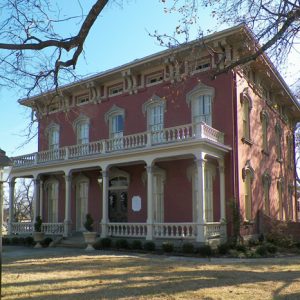 McKibben-Bonneville House
McKibben-Bonneville House
Time Period: Civil War through Reconstruction (1861 - 1874) - Starting with M
 McKibben-Bonneville House
McKibben-Bonneville House
McNair, Evander
 Evander McNair
Evander McNair
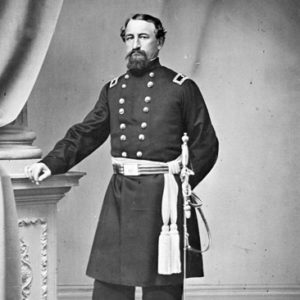 John McNeil
John McNeil
 McRae Grave
McRae Grave
 McRae Memorial
McRae Memorial
McRae, Dandridge
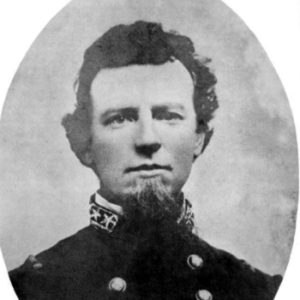 Dandridge McRae
Dandridge McRae
Memphis Tennessee to Marion, Expedition from
Memphis, Tennessee, into Southeast Arkansas and Northeast Louisiana, Expedition from
Mercury [Steamboat]
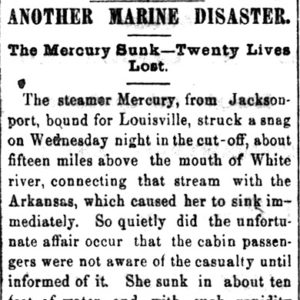 Mercury Steamboat Article
Mercury Steamboat Article
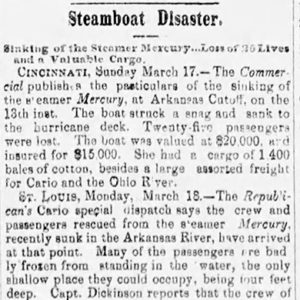 Mercury Steamboat Article
Mercury Steamboat Article
Miami [Steamboat]
 Miami Disaster Article
Miami Disaster Article
Military Board (Civil War)
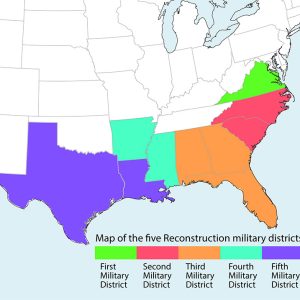 Military Districts
Military Districts
Military Farm Colonies (Arkansas Delta)
Military Farm Colonies (Northwestern Arkansas)
Militia Wars of 1868–1869
Mill Boy [Steamboat]
 Miller Creek Bridge
Miller Creek Bridge
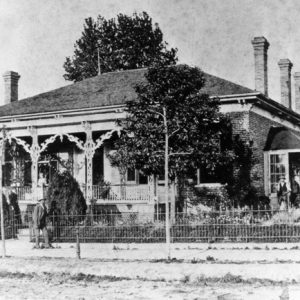 Charles Miller House
Charles Miller House
Minstrels [Political Faction]
 Mississippi River Squadron
Mississippi River Squadron
Mississippi River Squadron (US)
aka: Western Gunboat Flotilla
aka: Mississippi Flotilla
aka: Mississippi Squadron
 Charles B. Mitchel
Charles B. Mitchel
Mitchel, Charles Burton
 James Mitchell
James Mitchell
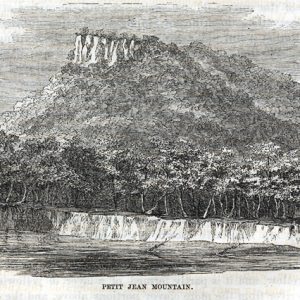 Mollhausen Woodcut
Mollhausen Woodcut
 Hugh Molloy
Hugh Molloy
Monroe’s First/Sixth Arkansas Cavalry (CS)
Monticello Road, Skirmish at (May 16, 1865)
Monticello, Skirmish at (May 24, 1865)
Monticello, Skirmish at (September 11, 1864)
Moore-Jacobs House
Morals and Dogma of the Ancient and Accepted Scottish Rite of Freemasonry
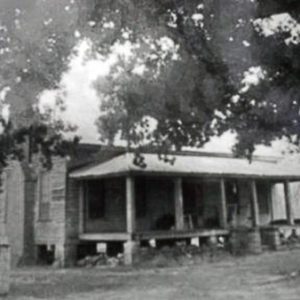 Moreland House
Moreland House
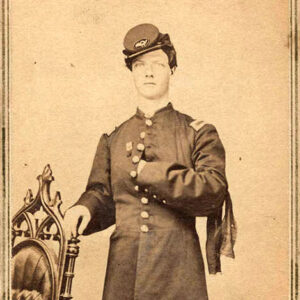 James Morgan
James Morgan
 James Morgan
James Morgan
Morgan’s Mill, Skirmish at
aka: Battle of Martin's Creek
aka: Skirmish at Spring River (February 8, 1864)
Morrison v. White
Morrison, Lee (Lynching of)
Moscow, Action at
Mound City, Burning of
Mount Elba, Action at
Mount Elba, Scout to (October 3–4, 1864)
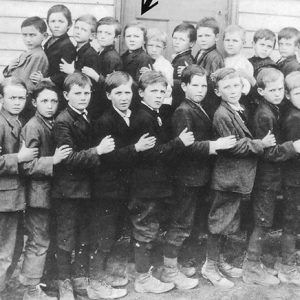 Mount Etna School
Mount Etna School




